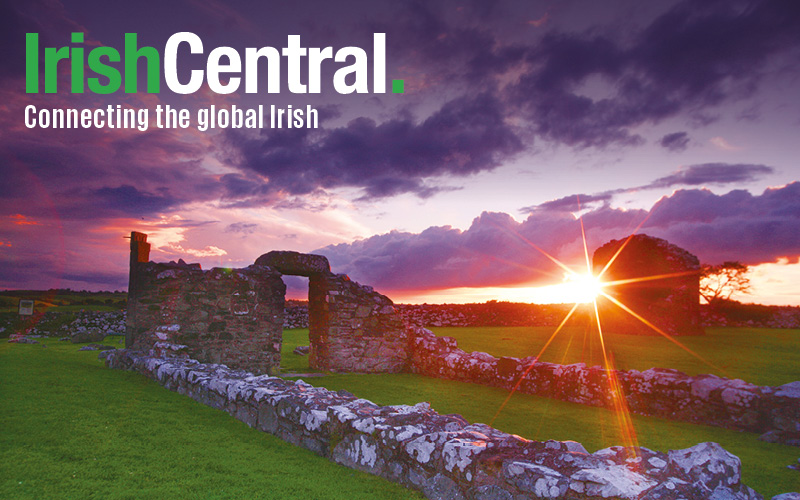The Spike Island Archaeological Project team have identified the full extent of the convict mass graves on the site of the concentration camp-style prison in Cork harbor.
Let by University College Cork’s Dr Barra Ó Donnabháin the team have identified 250 unmarked burial plots dating from Ireland’s Great Hunger. The mass grave is located inside the walled cemetery on Spike Island in Cork.
Ó Donnabháin told the Irish Examiner, “We have always known that this area contained graves but we never knew how many.
“There were about 11 headstones in this area, all dating from 1862, but which are not now in their original locations.
“Following geophysical analysis, we identified four or five rows with about 50 individual graves in each.”
He continued, “We now know that there are between 200 and 250 individual burials plots in this area — all were in a regimented, regular layout.
“But our findings begs the bigger question — what happened to the others who died on Spike?”
During its 36 years it is believed that 1,000 convicts died on the island, according to records. More work is needed to confirm that an estimated 900 convicts are buried on the island. These burial areas are seen on historic maps but the areas are now overgrown.
The doctor continued, “This project aims to give a voice to the men and boys who were incarcerated and died in the prison during the Victorian era, broadening our understanding of the role of the convict prison as one of the mechanisms by which the empire was established and maintained.
“I have no doubt that our work here will be of interest internationally and will attract many more international research projects and visitors to the region.”
The aim of this project is to be able to give these men a fitting memorial before Spike Island is developed as a tourist attraction.
Spike Island - which was also known as Fort Mitchel - was first used as a staging point to transport Irish prisoners to the West Indies and Australia after the Cromwellian wars in the 17th century.
Shortly after Christianity was introduced to Ireland, St. Mochuda started a church on the 104-acre island. He left 20 clerics there while he continued his mission around Ireland, but Spike and Christian teaching proved to be uncomfortable companions.
Smuggling was widely practiced in the 18th century, and the dark ruggedness of the Spike Island shoreline was a favorite hiding place for smugglers.
However, this ended in 1779 when the island was purchased by the British government from a local landowner. The construction of the fortress, Fort Westmoreland, named after the then Lord Lieutenant, the Earl of Westmoreland, began in 1790. The first regular garrison moved to the island in 1806.
Conditions under which the men were confined were very poor but Ó Donnabháin told the Examiner that though the conditions were harsh they were not designed to kill the men. Nonetheless a man would die almost everyday.
In 1853 the numbers at the prison were lowered to 1,000 which lowered the death rate significantly but by 1883 1,000 convicts had died and were buried in mass graves.
In 2011 the Cork County Council took over management of Spike Island to develop the historic sight as a tourism and heritage attraction.




Comments